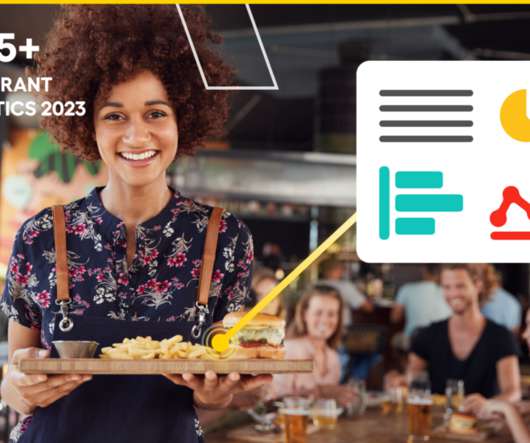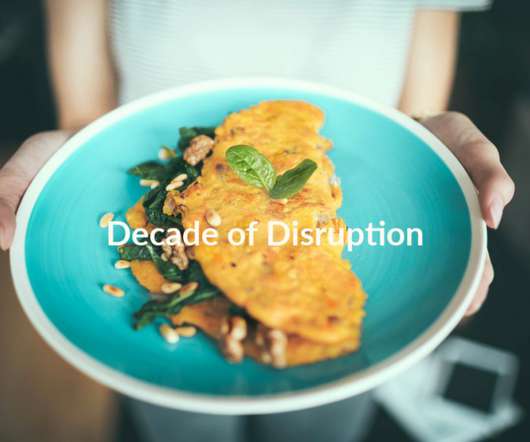Restaurant Operations Overview: What You Need to Know
7 Shifts
MAY 31, 2021
For a restaurant to operate efficiently, it needs to be stocked up with the right amount of inventory – however, it can't be so stocked up that food waste becomes an issue. For example, at a casual family restaurant, the service model might look like this: The host greets the party and seats them. Human Resources Management.

















Let's personalize your content